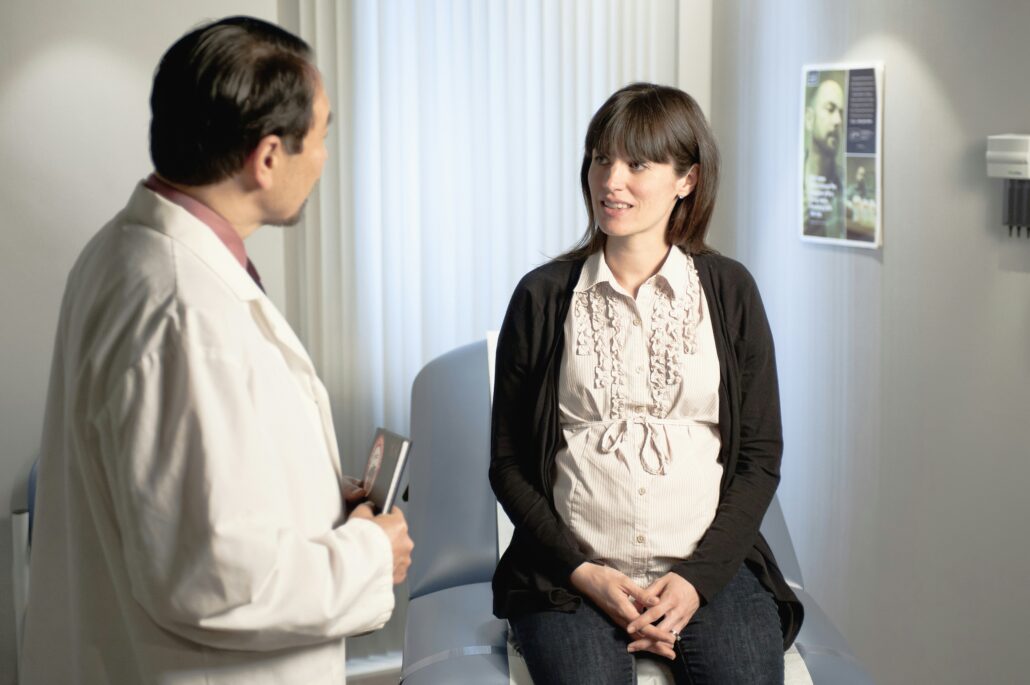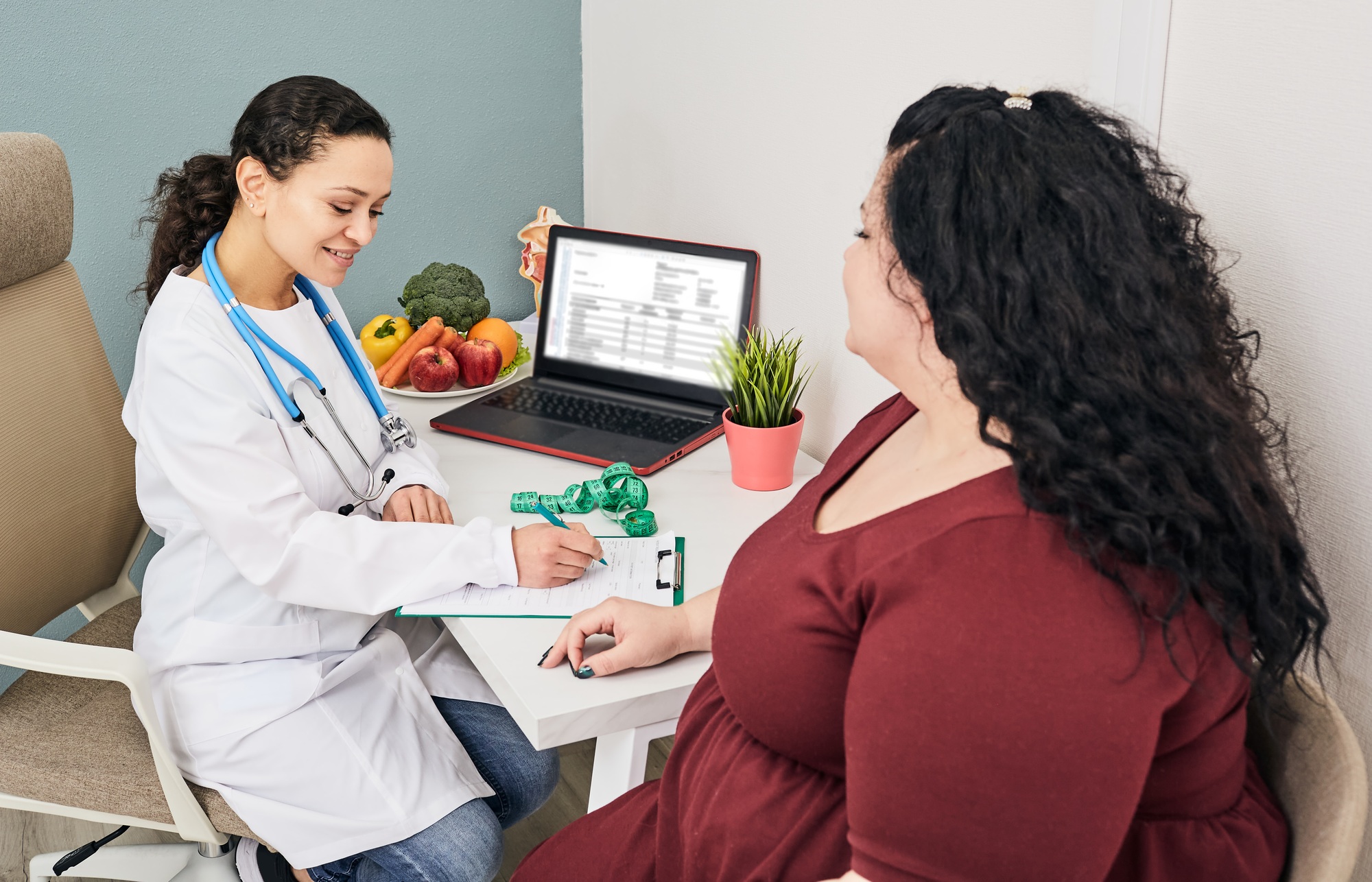Imagine a scenario where a patient, for months, has been describing a series of symptoms only to be repeatedly dismissed as overly anxious.
Suddenly, one day, a medical provider sits down and listens. They hear not just the symptoms, but the fear, the frustration, and the uncertainty.
This shift from passive hearing to active listening can unearth the underlying issues that may have been overlooked. But how do you transform the act of hearing into active, empowering listening that can truly make a difference?

Tuning Your Ears to Change Lives
Listening is a dynamic skill that can be honed with intention and practice.
Recognizing that poor listening can lead to misinterpretation is the first step; understanding the nuances of body language, tone, and context is where the magic happens.
Here are some practical tips for healthcare professionals:
- Maintain eye contact, when culturally appropriate, to show attentiveness.
- Use nods and other simple cues to show understanding.
- Practice reflective listening by paraphrasing what the patient has said to confirm your understanding. Empathetic listening, or the ability to understand what the patient is feeling, can turn an interaction into a connection. It’s this critical empathy that helps us to not only diagnose conditions but also to truly treat the person in front of us.
How Can Healthcare Professionals Practice Active Listening?
Active listening involves several strategies to ensure the patient feels understood and valued.
Here are examples of how healthcare professionals can employ this skill in everyday interactions:
Ask Open-Ended Questions: Instead of asking “yes” or “no” questions, prompt patients with queries that encourage detailed responses. For example, "Can you tell me more about how that makes you feel?" This approach invites deeper conversation and shows genuine interest in their experience.
Summarize and Seek Clarification: After a patient explains their symptoms or concerns, summarize what they’ve said and ask for clarification if needed. Saying, "What I'm hearing is that you've been feeling extremely tired lately, is that right?" helps ensure you're both on the same page and demonstrates that you’re paying attention.
Acknowledge Their Feelings: Recognizing a patient's emotions can be as important as understanding their physical symptoms. Responses like, "It sounds like this has been really challenging for you" validates their feelings and can make them more comfortable sharing.
Integrating these examples of active listening into patient interactions not only aids in accurate diagnosis but also fosters a trusting and comforting healthcare environment.
Unlocking Patient Trust Through Active Listening
Active listening fosters a safe environment where patients feel valued and understood, encouraging them to open up more freely about their symptoms, concerns, and feelings.
This openness is not just about sharing more detailed information; it's about sharing more heartfelt information. When patients sense their healthcare provider genuinely cares and is truly listening, they are more likely to reveal crucial details about their health that they might have previously withheld due to fear of dismissal or judgment. This level of honesty and vulnerability is essential for accurate diagnosis and effective treatment. In essence, active listening doesn’t just hear the spoken words; it hears the unspoken emotions, fears, and hopes. By doing so, it creates a strong therapeutic alliance between the patient and the healthcare provider, strengthening trust and communication, which are fundamental for a successful healthcare outcome.
Notes of Success in the Patient-Provider Duet
The effects of active listening are broad, touching everything from patient satisfaction and compliance to medical inquiry and diagnosis. Studies have revealed a direct correlation between active listening and improved patient outcomes. When healthcare professionals listen and respond, patients feel heard, understood, and taken seriously. The ripple effect is enormous, fostering trust and loyalty.
Harmonizing Listening Skills Across Your Practice
For private practice owners, the challenge is how to cultivate and maintain good listening habits among staff. Lead by example, share success stories that highlight the power of listening, and offer regular training sessions. Technology can supplement this, offering tools for more efficient patient communication and data gathering, but it should never be a substitute for human connection.
The Final Refrain: Commit to Better Listening
In the fast-paced environment of the healthcare setting, where time and resources are often limited, listening can sometimes feel like the soft part of a hard science. Yet, it’s the one element that can transform the entire healthcare experience, for patients and providers alike. Are you ready to reassess the role listening plays in your practice? The next time you’re with a patient, remember the little tale they tell might be just the clue you need to solve the larger issue of their health. It’s not just about hearing, but about heeding, which can make all the difference in the world – especially in healthcare.





